EU: a large market but with high demands and multi-level competition
The EU is the world's third largest agricultural market, with stable consumption capacity and high purchasing power. However, Vietnam's market share is only 3%, even though we are in the top exporting group of coffee, cashew nuts, pepper, seafood and tropical fruits.
The main reasons come from the EU's increasingly stringent requirements on green standards, environment, traceability, IUU regulations for seafood, and sustainable agricultural policies.
Most Vietnamese enterprises are still limited in scale, quality control capacity and ability to meet standards, especially green standards, which are the focus of the EU's new strategies.
Representatives of many localities emphasized that export thinking needs to shift from quantity to quality, from raw goods to high-value goods, while improving the ability to build brands suitable for European tastes.
Cultural factors, product stories, and national values also need to be enhanced to create competitive advantages over regional rivals.
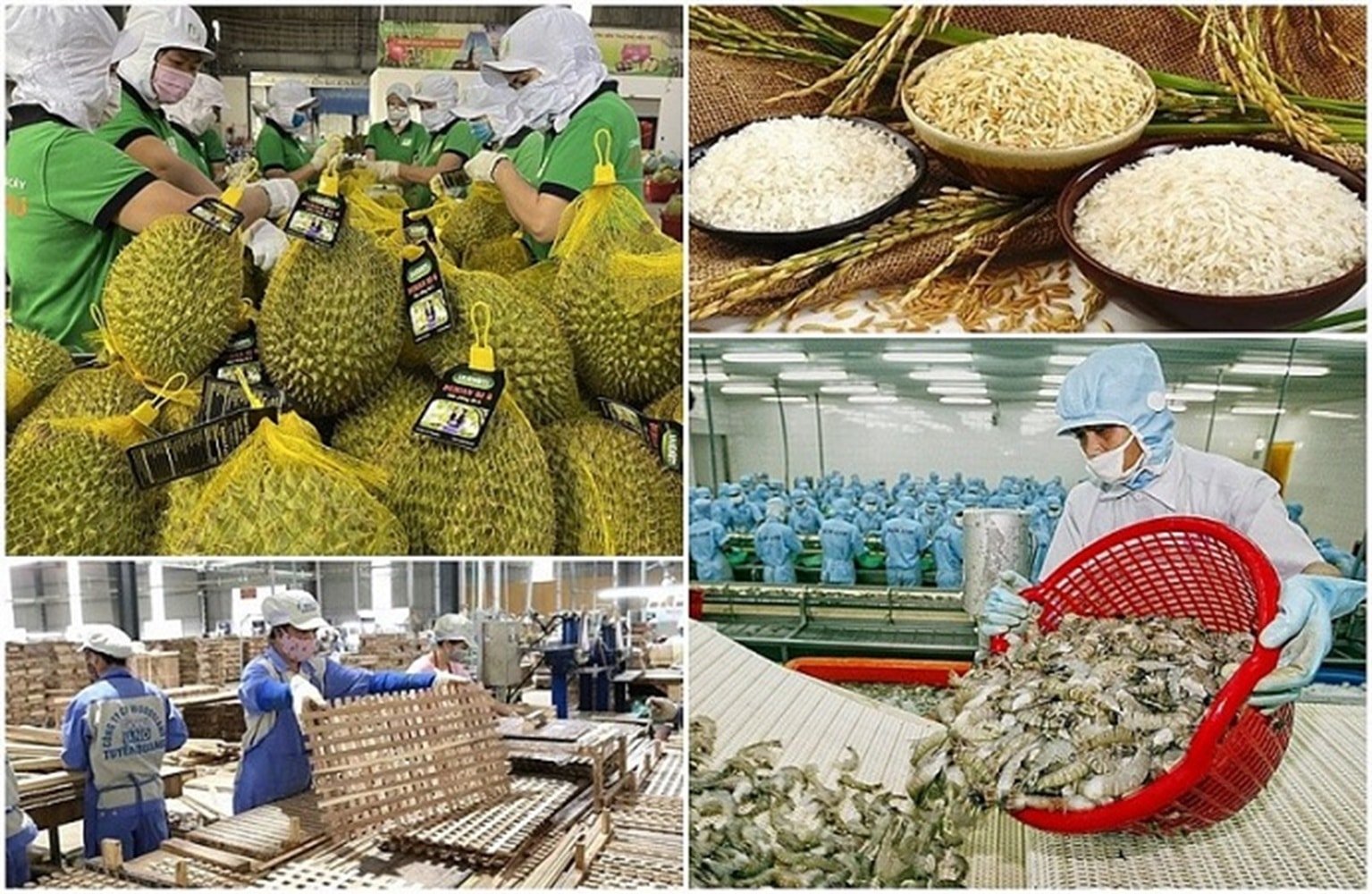
Vietnamese enterprises face challenges in capacity and technical regulations
Many Vietnamese businesses still face difficulties accessing the EU market due to the slow pace of regulatory changes. Requirements on sustainable production, emission reduction, recycled packaging, food safety standards and transparent records are major barriers.
Vinh Long and Quang Tri provinces both offered support for businesses in green transformation, updating regulatory information, and building sustainable production chains. Thanh Hoa stressed the importance of creating products that suit tastes, not just meet technical standards.
VASEP pointed out the great impact of the IUU Yellow Card, which has reduced the ability to export seafood to the EU, even though seafood is one of Vietnam's strongest products. The industry hopes to receive technological support from the EU to improve sustainable fishing systems.
Vietnamese entrepreneurs in Europe also believe that linking their products to national brands and cultural stories is a key factor in creating differentiation. Cultural events such as “Pho Week” can be an effective way to increase awareness.
The role of Vietnamese representative agencies and EVFTA in expanding market share
Vietnamese representative agencies in Europe assess that the EU has a stable consumer market and a clear preference for organic products – an advantage for Vietnam. However, competition with countries in the region is increasingly fierce, requiring more creative marketing and trade promotion efforts.
Ambassador Nguyen Van Thao affirmed that the EU's high requirements are not only a challenge but also an opportunity for Vietnamese agricultural products to improve quality and meet international standards. EVFTA creates great advantages in terms of tariffs, but to take advantage of them, businesses must fully meet the standards.
Deputy Minister Le Thi Thu Hang affirmed that the Ministry of Foreign Affairs considers businesses as the center of service and will continue to support them in accessing policy information, connecting with markets, and penetrating deeply into distribution chains in Europe. At the same time, localities are required to proactively coordinate and build national brands associated with the story of Vietnam.
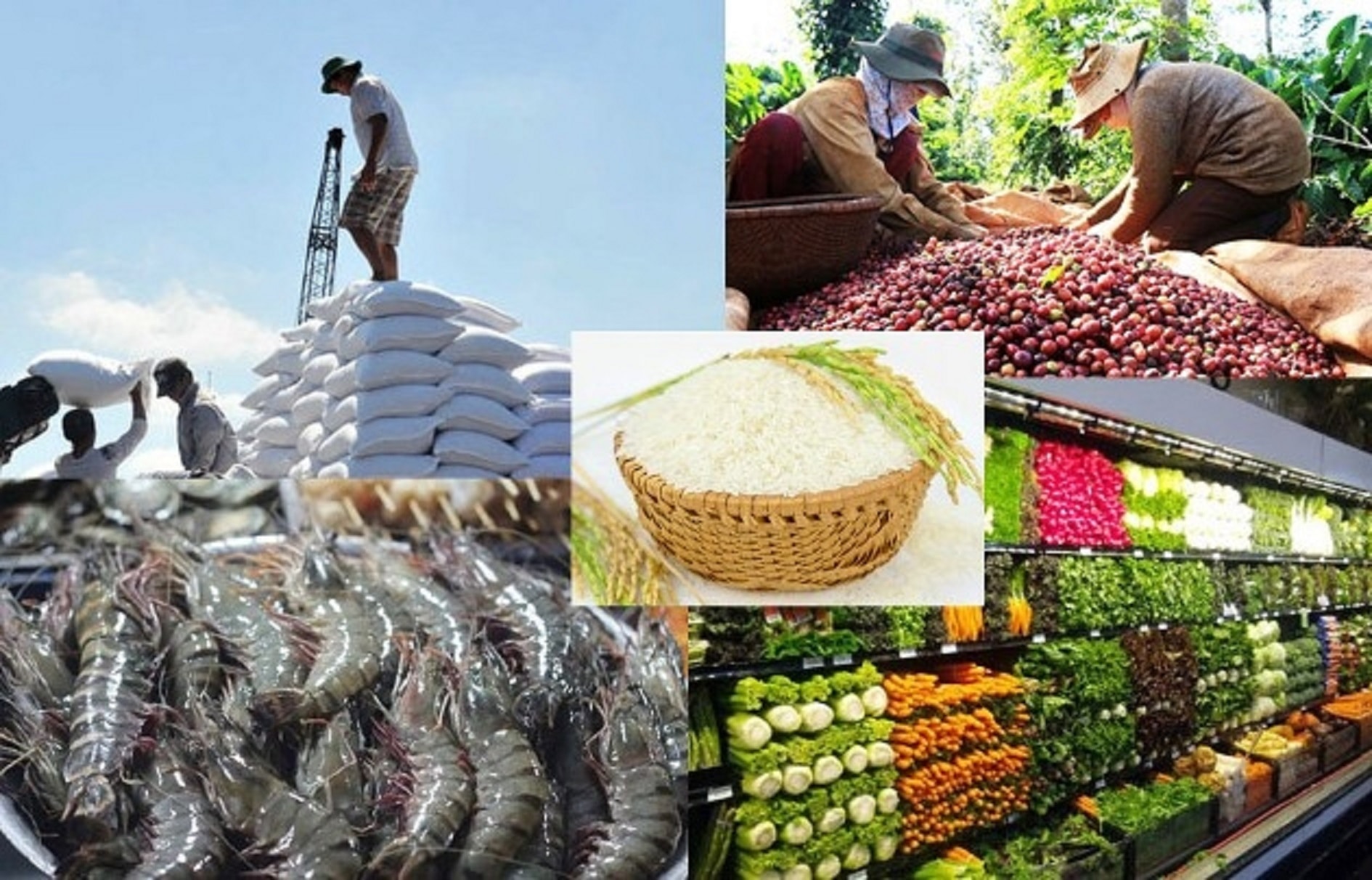
Export picture 10 months 2025: strong but uneven growth
In the first 10 months of 2025, the export turnover of agricultural, forestry and fishery products reached 58.13 billion USD, up 12.9% over the same period. Agricultural products reached 31.34 billion USD; aquatic products reached 9.31 billion USD; forestry products reached nearly 15 billion USD; livestock reached 512.9 million USD.
The market is clearly differentiated. Asia accounts for 44.7%, America 22.7%, and Europe 13.8%. Exports to the EU alone increased sharply by 37.5%, much higher than other regions. Exports to Africa increased by 83.6%, showing that Vietnamese businesses are expanding into many new markets.
China still leads with 21.4%, the US 20.4%, and Japan 7%. All three markets increased compared to last year.
Export prices were a big driver of growth this year. Coffee prices rose 42.5%, bringing total export turnover in the first 10 months to $7.41 billion, although volume increased only 13.5%. Germany, Italy and Spain were the three largest markets.
Cashew nuts reached 4.25 billion USD, up nearly 19% in value although the volume increased only 2.2%. Pepper reached 1.4 billion USD, up 25.8% although the output decreased by nearly 6%, thanks to the price increasing by 33.7%.
Fruits and vegetables reached 7.09 billion USD, up 15.1%, of which China accounted for nearly 63%. This continues to be the industry with the most stable and sustainable growth rate.
In contrast to many other commodities, rice recorded a sharp decrease in both output and value. The average price was only 511 USD/ton, down 18.5%. The volume in 10 months reached 7.2 million tons, down 6.5%; the value was only 3.7 billion USD, down nearly 24%.
The EU market is the most demanding, but also the best-paying and most stable. Vietnam is growing strongly in many markets, but if it wants to expand sustainably, the EU must become its strategic focus.
To achieve that, coordination between the state - enterprises - representative agencies - industry associations is needed. Green transformation, meeting standards, building brands and taking advantage of EVFTA will be the key to help Vietnam overcome barriers to gain a larger market share in a market worth trillions of USD.
Source: https://baodanang.vn/thuc-day-xuat-khau-nong-lam-thuy-san-viet-nam-sang-eu-3310032.html



![[Photo] Special class in Tra Linh](https://vphoto.vietnam.vn/thumb/1200x675/vietnam/resource/IMAGE/2025/11/14/1763078485441_ndo_br_lop-hoc-7-jpg.webp)

![[Photo] Deep sea sand deposits, ancient wooden ship An Bang faces the risk of being buried again](https://vphoto.vietnam.vn/thumb/1200x675/vietnam/resource/IMAGE/2025/11/13/1763033175715_ndo_br_thuyen-1-jpg.webp)
![[Photo] Unique art of painting Tuong masks](https://vphoto.vietnam.vn/thumb/1200x675/vietnam/resource/IMAGE/2025/11/14/1763094089301_ndo_br_1-jpg.webp)



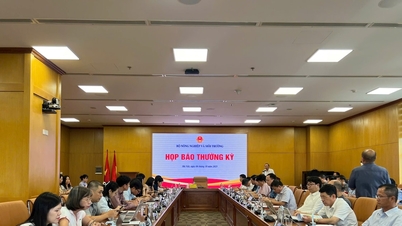

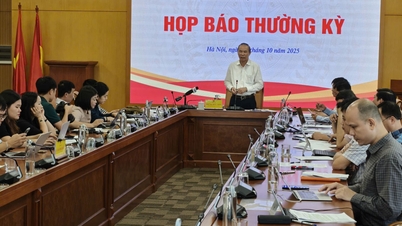






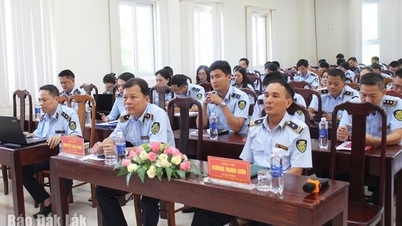




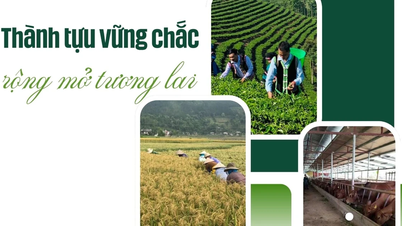

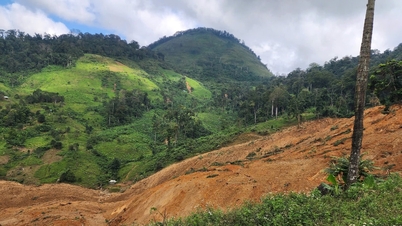






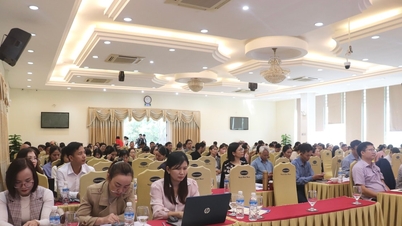



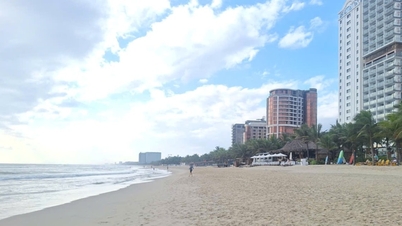











































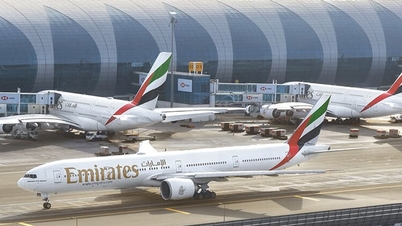









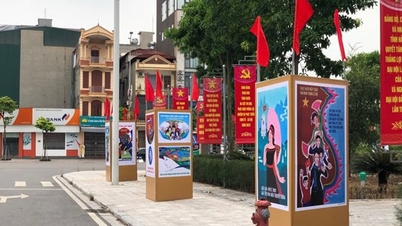


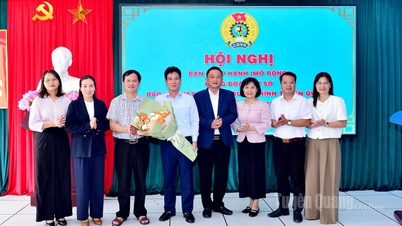










![Dong Nai OCOP transition: [Article 3] Linking tourism with OCOP product consumption](https://vphoto.vietnam.vn/thumb/402x226/vietnam/resource/IMAGE/2025/11/10/1762739199309_1324-2740-7_n-162543_981.jpeg)






Comment (0)